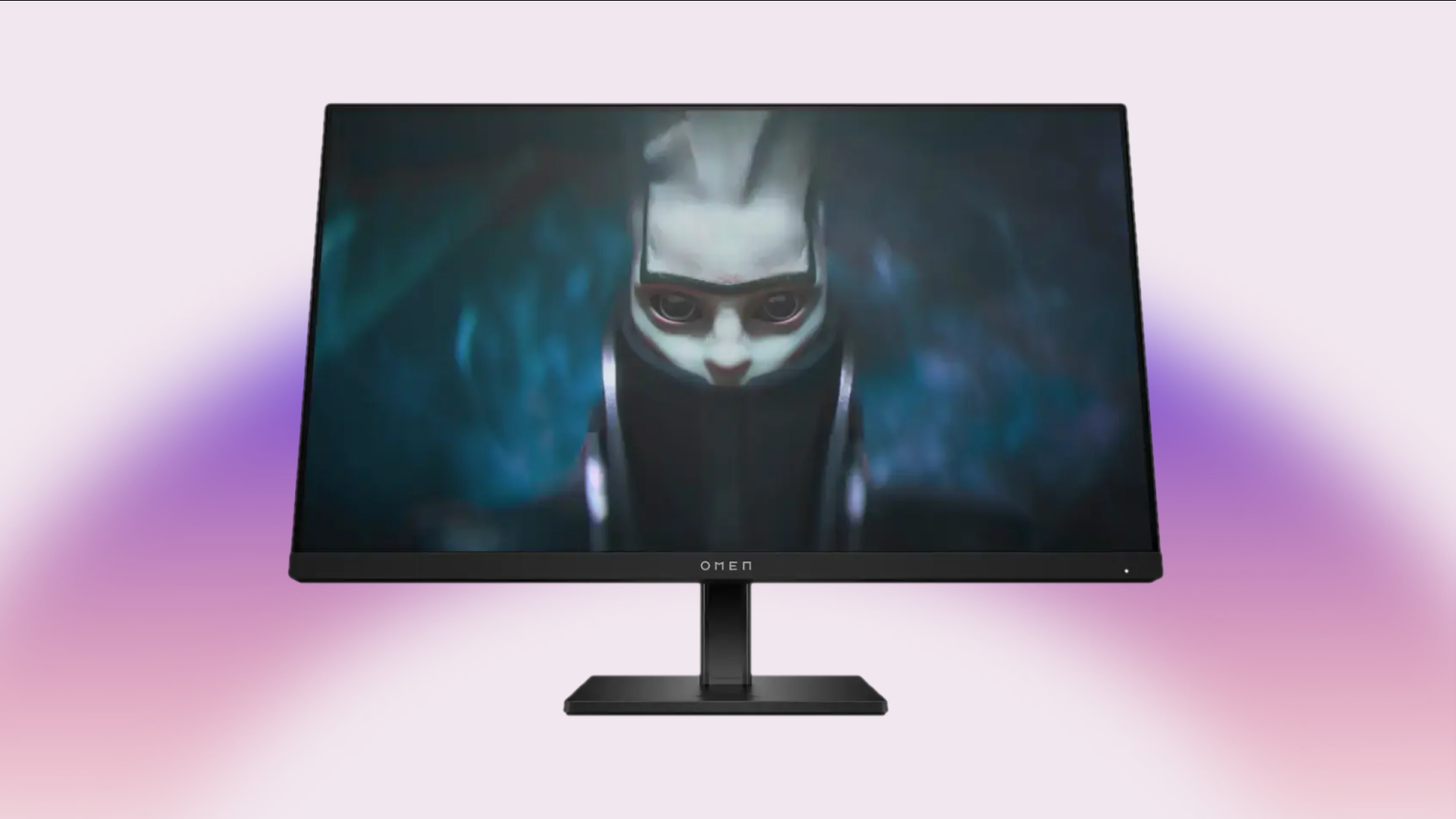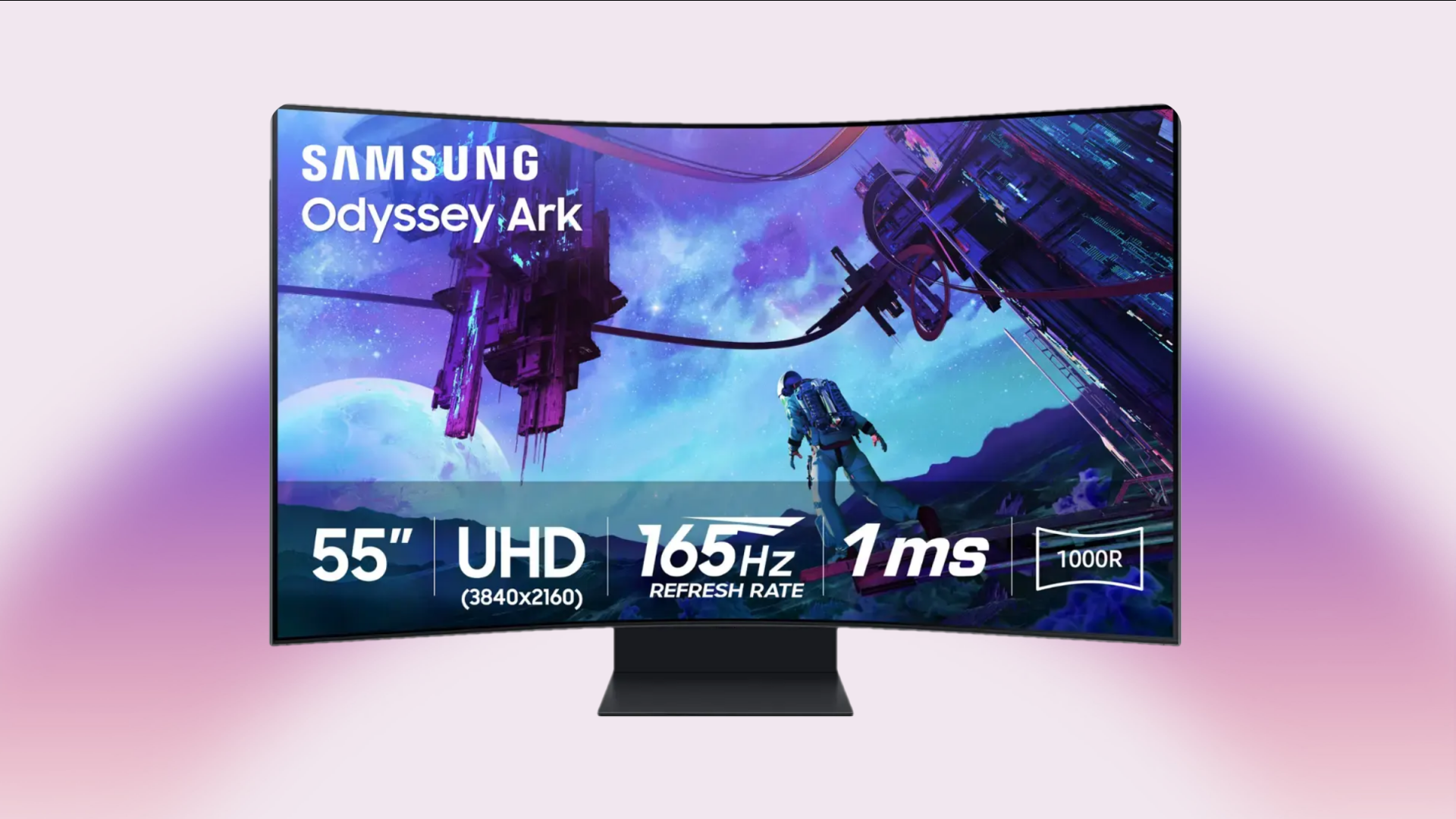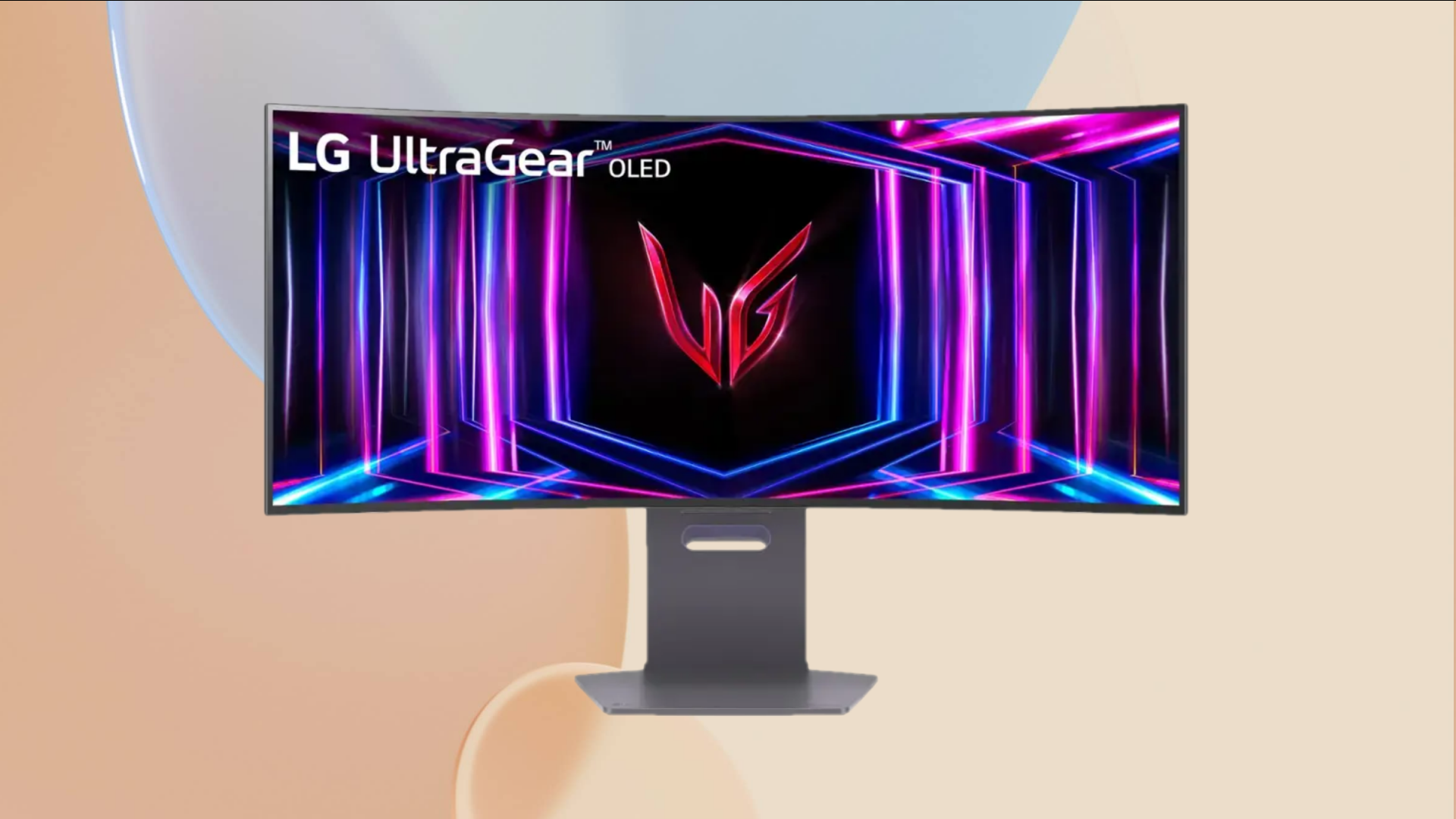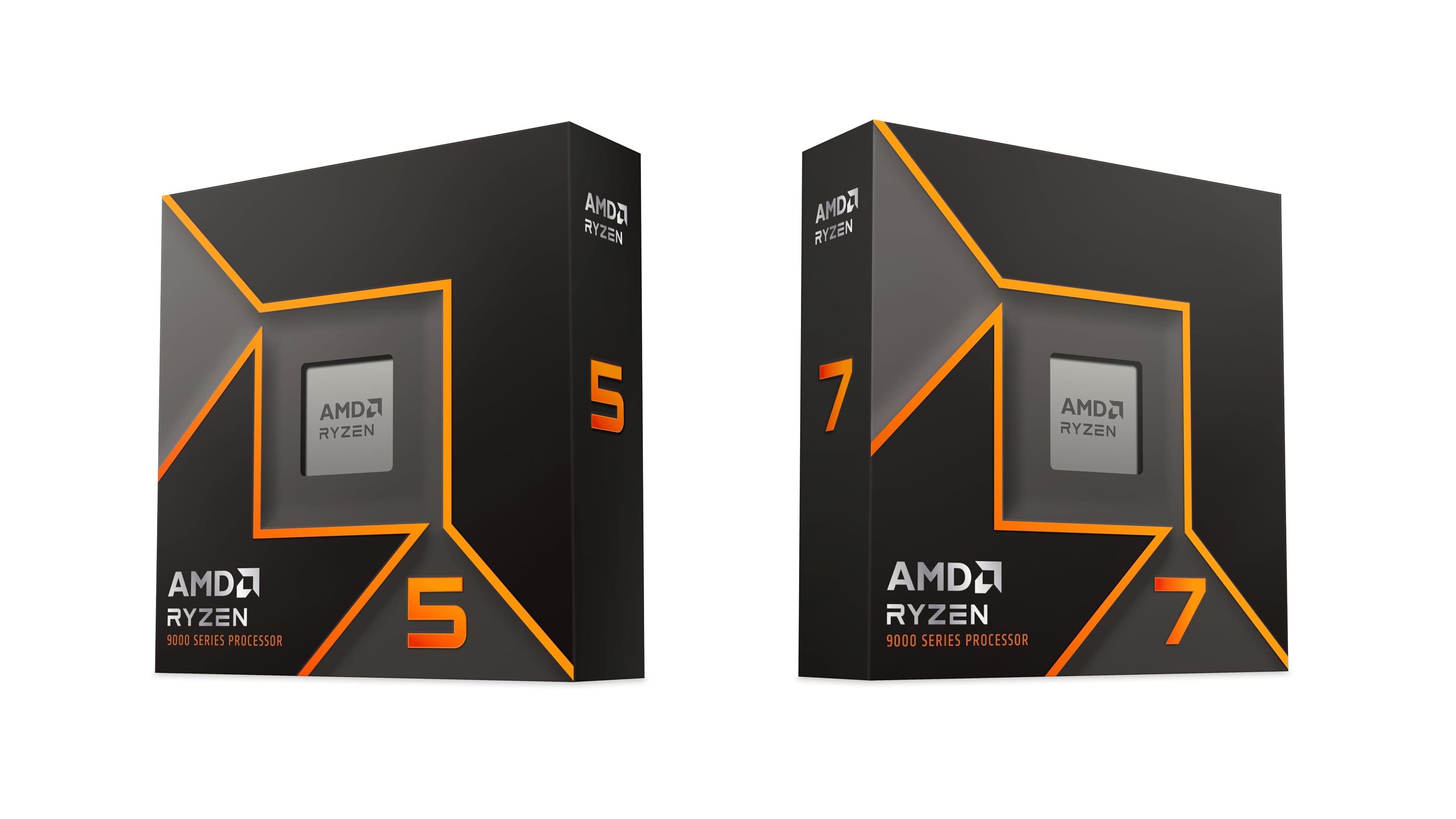Thinking of upgrading to a high-refresh rate monitor? Here is what you must know about hardware, cables, and panels.

High-Refresh-Rate Gaming has become the standard for the PC master race category. With the drop in monitor pricing, such as 240Hz available under $200, most gamers are looking forward to this. Initially, this approach might be all sunshine and rainbows, but a deep dive uncovers many things you need to know.
Hardware Requirements Come First before a High-Refresh-Rate

This is the most essential requirement to fulfill to achieve High-Refresh-Rate gaming. To cover the basics, your CPU and GPU pairing should be powerful enough to generate frames at a rate above 60 to utilize high-refresh monitors. 61 is also more than 60, which theoretically shows the concept. In practical usage, your CPU and GPU pairing should be capable of producing at least 120 frames to pair with a 144Hz monitor.
Modern mid-range cards such as the 5060 Ti and the upcoming 9600 XT are geared towards 1440p high refresh through frame generation techniques. GPUs such as the RTX 5080 and above do this natively when using MFG (Multi-frame generation), and the experience is a fit for 360 Hz screens.
Choose Your Refresh Rate Wisely
Now that the basics are covered, let’s uncover the benefits of real-world use cases and experience. The jump from 60 to 144 is noticeable, and the input lag is drastically reduced. When you game on a 144Hz monitor from a 60Hz monitor, your hit registration, motion smoothness, and overall gameplay experience will be different. If you jump from 60 to 240 Hz, it’s a night-and-day difference. Existing 144Hz users upgrading to 240Hz won’t notice much, but they will when they jump beyond 360Hz. Below is the recommended refresh rate by gamer type:
- Casual gamers: 100- 120Hz provides excellent value
- Most gamers: 144- 200Hz offers the sweet spot for performance and cost
- Competitive players: 240Hz+ delivers maximum advantage
Cable and Connection Matters
Many gamers often ignore this option as they only see DisplayPort or HDMI present and they make the purchase. Going into some detail, DisplayPort 1.4 supports higher refresh rates and resolutions better than standard HDMI 2.0. HDMI 2.1 offers more bandwidth than HDMI 2.0, but DisplayPort remains the superior option because it supports G-Sync, Freesync, etc. Always check your GPU’s outputs, ports, and specifications, and ensure they align with your monitor’s capabilities before making a purchase. Configuration mismatch will hinder your experience.
Going Beyond Refresh Rate Specifications

Panel choice is everything; it affects your monitor choice, gameplay, input response, and literally everything. A dedicated article covering this topic is available. You can check it out here:
Also Read- How to Decide Between Different Monitor Panel Technologies?
Going through the basics, there are four main types of panels: OLED, IPS, VA, and TN. Input delay, motion clarity, and picture quality vary vastly between panels. OLED looks and feels the best. Then comes IPS, which is a balance between looks and speed. It is followed by TN, which is super speedy but has subpar color accuracy, and then VA, which is stranded deep in the ultra-wide territory. Manufacturers prefer making up for the higher manufacturing costs involved in VA panel monitors, and ultra-wide seems to make sense to them.
After that came technologies such as G-Sync, FreeSync, and Adaptive Sync, which eliminate screen tearing and stuttering. Keep in mind that higher resolutions will require substantial GPU horsepower. If you are aiming for 4K, look for a top-tier GPU, such as the 4090 or 5090.
Conclusion
Always visit your local computer store and try out their demo hardware. Ask politely if they would give you a trial of the monitor of your choice, decide, and then make a purchase. If you’re a competitive gamer, investing in a high-quality IPS or TN monitor with a 240Hz refresh rate or higher will benefit you. 120- 144 Hz will be acceptable if you switch from consoles.
We provide the latest news and “How To’s” for Tech content. Meanwhile, you can check out the following articles related to PC GPUs, CPU and GPU comparisons, mobile phones, and more:
- 5 Best Air Coolers for CPUs in 2025
- ASUS TUF Gaming F16 Release Date, Specifications, Price, and More
- iPhone 16e vs iPhone SE (3rd Gen): Which One To Buy in 2025?
- Powerbeats Pro 2 vs AirPods Pro 2: Which One To Get in 2025
- RTX 5070 Ti vs. RTX 4070 Super: Specs, Price and More Compared
- Windows 11: How To Disable Lock Screen Widgets
 Reddit
Reddit
 Email
Email


